If there ever was one silent era, european movie, that the average person might know of, it is likely Nosferatu. Hailed as the first horror movie, which is not quite true and the first vampire movie, which I think is true. This is the breakthrough movie for the most eminent of the german expressionist directors Murnau, only rivalled by Fritz Lang.
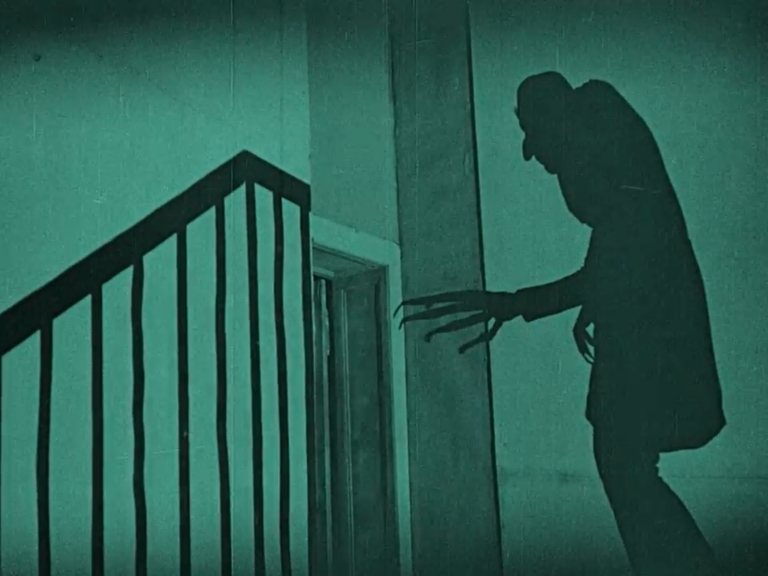
The story is literally stolen from Stoker’s Dracula, since they did not have the rights but the story is very close except for name and place changes. If it was not for film collectors and afficionados, we may never have had any copies of the film left, since the Stoker family got it banned and pulled from theaters.
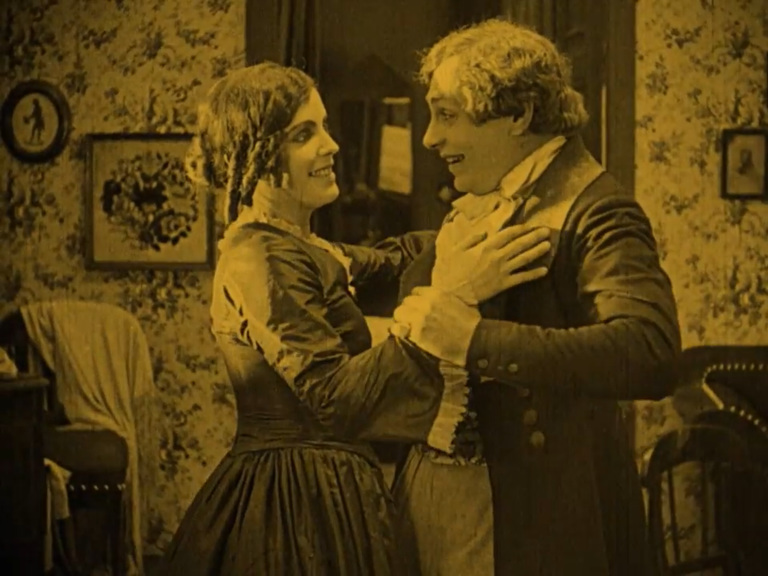
The young naive realestate agent Hutter, is sent away from his young wife to Transylvania in order to get Count Orloks agreement to buy an old abandoned house in his hometown. As he travels to his remote castle, the landscape becomes more and more foreboding, while Hutter himself stays ignorant of the sheer evil that he is facing in Orlok.
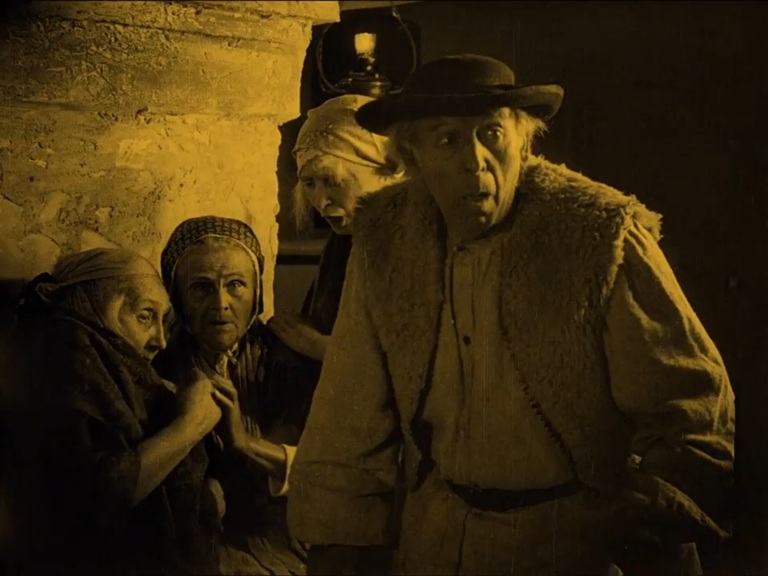
It is only when he sees Orlok pack his coffins in the dead of night, after seing a portrait of Hutters wife, tha Hutter realizes that something might be wrong with the creepy count. But he always seems to be a few steps behind everything in his life. He is not a fully grown man and he does not have but the bare minimum of empathy for himself or the ability to se evil in anyone around him no matter how bad their behaviors are. He does not take any heed in any hints or warnings
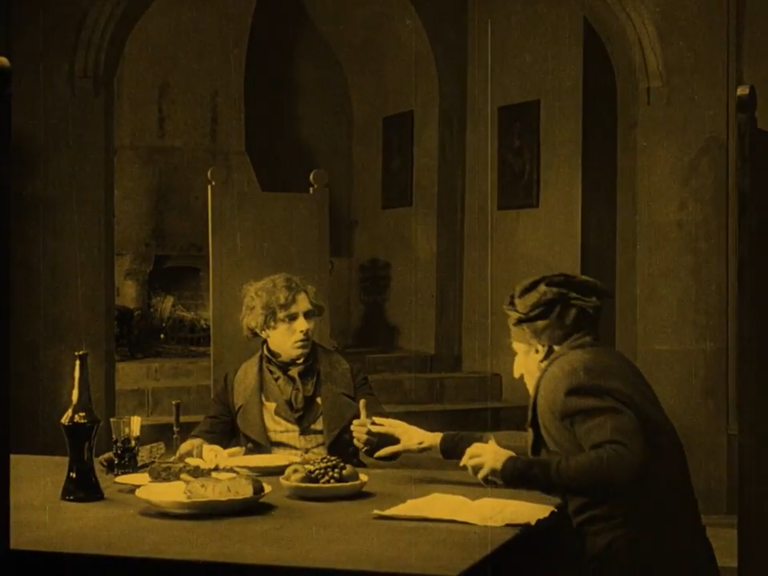
Hutters hurries home hoping to catch up with Orlok before he reaches his young wife. But she seems to have foreboding feelings for what is on the way and she prepares herself for a deadly encounter while she knows that she is the only one who can save the city and her husband from the plaig that otherwise will befall the town.
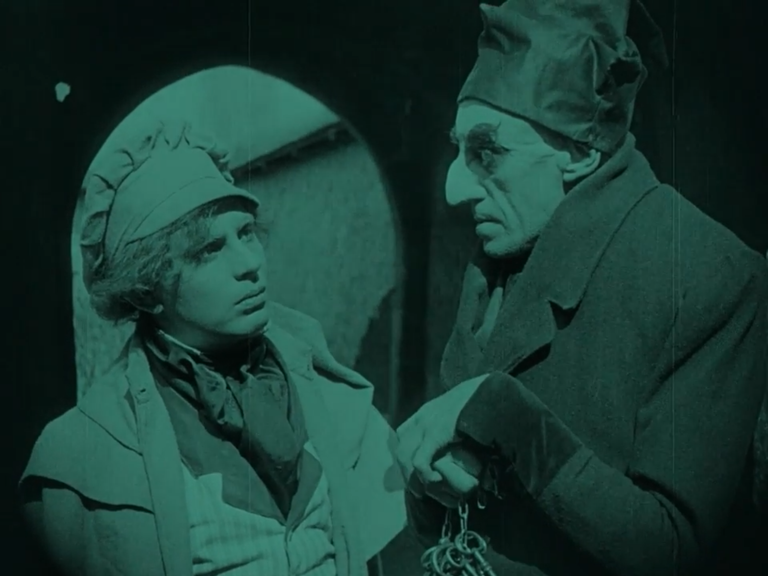
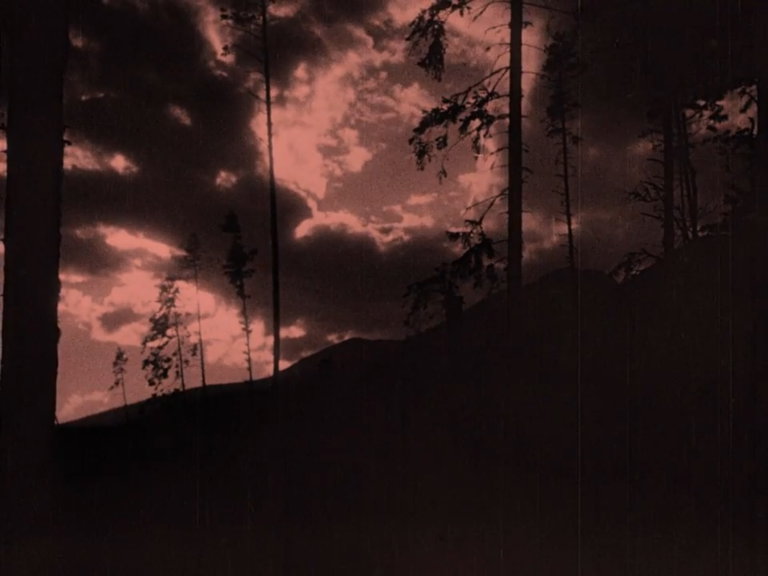
It is well known that this was a low budget film, even for the standards of 1922. But still Murnau manages to get the optimal effect out the little he has to work with. There are scene after scene that burns themselves into your brain, and several of them have become absolute classics. The horror aspect may have lost a lot In the last almost 100 years, but it is still damn creepy.
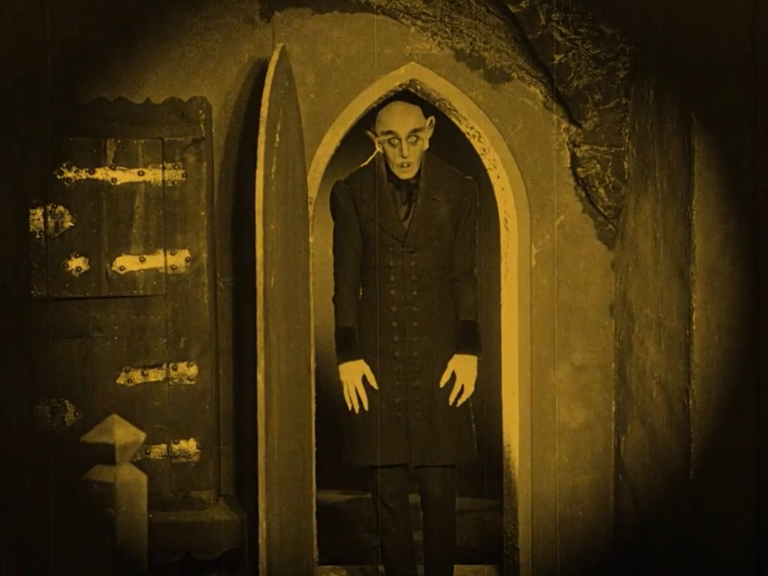
There are great performances from all the actors, but special mention has to go to Max Schreck playing Orlok. He is still every bit as creepy as he was in 1922 and personally i like this mouldy, skinny and pale Dracula much better than the fancy Hollywood version. He is pure rot, sickness and death.
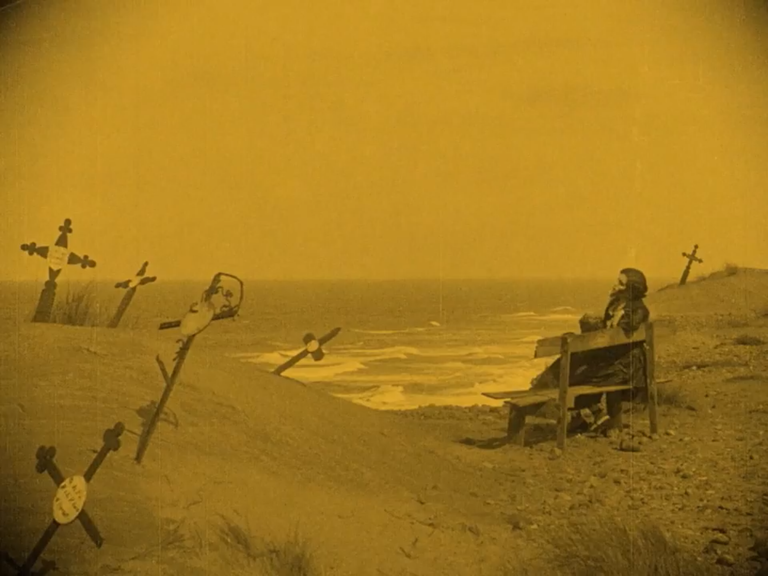
Not everyone likes the tinting that was prevalent in the original copies. This has been restored digitallly here and it is just beautiful. I think it gives the expression a more fresh and creepy look, even if the tinting codes were meant for other purposes.
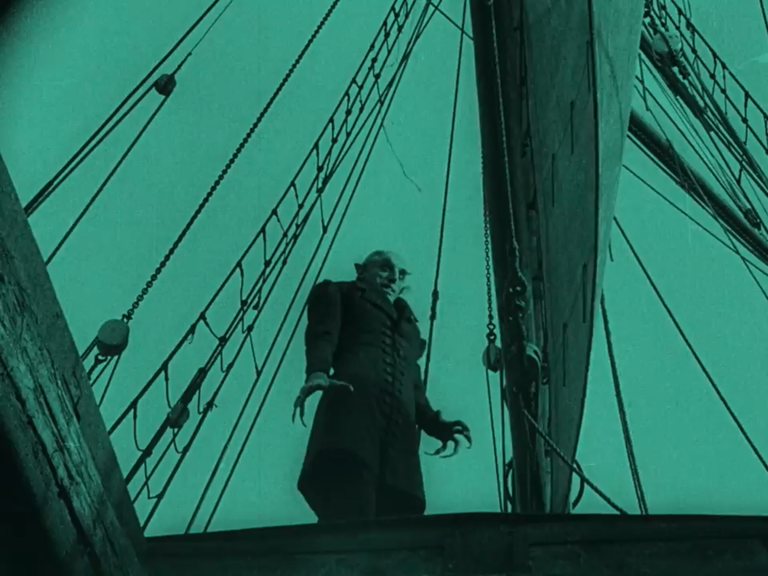
This is one of those films that you just have to see. It barely has any weak spots and one magnificent expressive scene comes after the other. If you like me love the expressionist style, this one is absolutely not to be missed.
There is a great restored version to be had from Eureka, Masters of Cinema. It is highly recommended.
10/10
I teach an Intro to Film class at a small university in Kentucky. I go into German Expressionism. I use the Cabinet of Dr. Caligari as my example, however, I could just as easy used Nosferatu. It is a beautiful example of the art form and Max Schreck's performance is legendary. You should check out Dr. Caligari! I highly recommend it.
Come on, did you think I did not know Caligari :-)
I've had this on my list for a while. I've heard can be traumatic for some people to watch.
Traumatic would probably not be the case, but for a nearly 100 year old movie it is incredibly effective, in ways that other contemporary movies are no longer. There are some emotional effects that are timeless :-)
Congratulations @mandibil! You have received a personal award!
Click on the badge to view your Board of Honor.